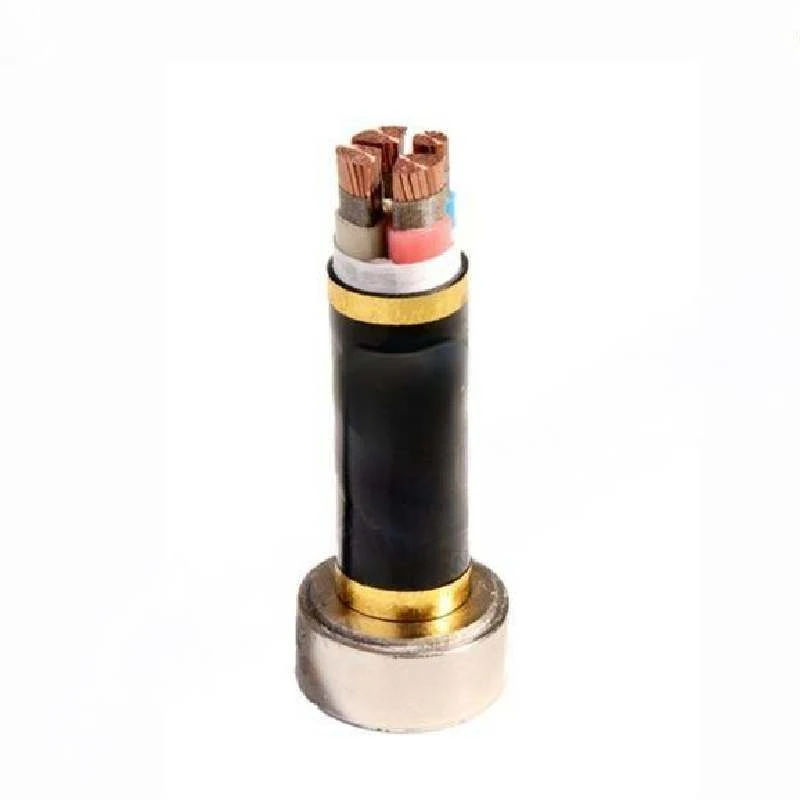10 月 . 06, 2024 01:12 Back to list
threaded ball valve
Understanding Threaded Ball Valves A Comprehensive Overview
Threaded ball valves are essential components in various industries because of their reliability, simplicity, and effectiveness in controlling fluid flow. These valves are characterized by a spherical disc, or ball, that fits into a seat, allowing for quick on/off control with minimal pressure drop. The threaded design ensures a secure connection to pipes, making them a popular choice in both residential and industrial applications. In this article, we will explore the features, advantages, applications, and maintenance of threaded ball valves.
Features of Threaded Ball Valves
Threaded ball valves are distinct due to their structure and functionality. The primary features include
1. Ball Mechanism The core of a ball valve is the spherical ball with a hole (port) through its center. When the valve is open, the hole aligns with the flow direction, allowing fluid to pass through. When fully closed, the ball rotates to block the flow.
2. Threaded Ends The threads on the valve allow for easy installation into existing piping systems. These threads can be either male or female, ensuring compatibility with various pipe sizes and materials.
3. Materials Threaded ball valves are typically made from robust materials like stainless steel, brass, or PVC. The choice of material depends on the intended application, fluid type, and pressure requirements.
4. Pressure Ratings Most threaded ball valves are designed to handle a wide range of pressures, making them suitable for both low-pressure and high-pressure applications.
5. Temperature Tolerance The materials used in threading ball valves also influence their temperature tolerance, allowing them to work in various environmental conditions.
Advantages of Threaded Ball Valves
Using threaded ball valves offers several advantages
1. Simplicity of Operation Ball valves require only a quarter turn to open or close, making them easy to operate. This design minimizes the time needed for flow regulation, which is especially crucial in emergency situations.
2. Sealing Properties The tight seal provided by the ball against the seat prevents leakage, making these valves ideal for applications where fluid containment is vital.
3. Durability With fewer moving parts than other valve types, threaded ball valves typically experience less wear and tear, resulting in a longer service life.
4. Versatility These valves can be used with various fluids, including gases, liquids, and slurries, making them suitable for diverse industries such as oil and gas, water treatment, and manufacturing.
threaded ball valve

Applications of Threaded Ball Valves
Threaded ball valves are widely used across different industries due to their versatility
1. Water Systems They are commonly employed in residential and commercial plumbing systems for regulating water flow.
2. Chemical Processing In industries dealing with corrosive substances, stainless steel ball valves provide adequate protection against chemical damage.
3. Oil and Gas Their robust design makes them suitable for applications in oil refineries and gas pipelines.
4. Food and Beverage Sanitary ball valves made of food-grade materials are essential in processing and transporting food items.
5. Heating and Cooling Systems Threaded ball valves are utilized in HVAC applications for controlling the flow of chilled water, hot water, or steam.
Maintenance of Threaded Ball Valves
To ensure optimal performance and longevity, proper maintenance of threaded ball valves is crucial
1. Regular Inspection Routine checks for leaks, corrosion, or wear are essential to identify potential issues before they escalate.
2. Cleaning Depending on the fluid being transported, regular cleaning may be necessary to prevent build-up that could hinder valve operation.
3. Lubrication Occasional lubrication of the valve stem can improve operation and prevent seizing.
4. Replacement of Seals Over time, seals may wear out; therefore, inspecting and replacing them at regular intervals can maintain the valve’s integrity.
In conclusion, threaded ball valves combine simplicity, durability, and versatility, making them an integral part of many fluid control systems. Understanding their features, advantages, and maintenance can help users optimize performance and ensure the longevity of this essential equipment.
Share
-
Understanding the Differences Between Wafer Type Butterfly Valve and Lugged Butterfly ValveNewsOct.25,2024
-
The Efficiency of Wafer Type Butterfly Valve and Lugged Butterfly ValveNewsOct.25,2024
-
The Ultimate Guide to Industrial Swing Check Valve: Performance, Installation, and MaintenanceNewsOct.25,2024
-
Superior Performance with Industrial Swing Check Valve: The Essential Valve for Any SystemNewsOct.25,2024
-
Industrial Swing Check Valve: The Ideal Solution for Flow ControlNewsOct.25,2024
-
You Need to Know About Industrial Swing Check Valve: Functionality, Scope, and PerformanceNewsOct.25,2024